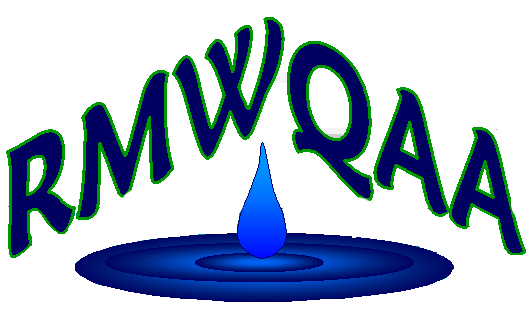October is National Energy Action Month, a time to raise awareness of energy sustainability and the important role you can provide to help ensure a healthier future for everyone. Whether you realize it or not, it requires a lot of energy to provide clean water to your community. According to the EPA, "[for] many municipal governments, drinking water and wastewater plants typically are the largest energy consumers, often accounting for 30 to 40 percent of total energy consumed. Overall, drinking water and wastewater systems account for approximately 2 percent of energy use in the United States, adding over 45 million tons of greenhouse gases annually."
Below are some fast facts on drinking water and wastewater utility energy as covered in the EPA’s Ensuring a Sustainable Future: An Energy Management Guidebook for Wastewater and Water Utilities (PDF).
- Water and wastewater industries account for an estimated 75 billion kWh of overall U.S. electricity demand.
- Drinking water and wastewater systems in the U.S. spend about $4 billion a year on energy to pump, treat, deliver, collect, and clean water.
- Energy efficiency investments often have outstanding rates of return and can reduce costs at a facility by 5%, 10%, 25%, or more.
- Energy costs for water and wastewater can be 1/3 of a municipality's total energy bill.
- If drinking water and wastewater systems reduce energy use by just 10% through cost-effective investments, collectively they could save approximately $400 million and 5 billion kWh annually.
Overall, there are many benefits to energy conservation. Not only can it be eco-friendly, but also can help reduce cost on expensive bills. There are many actions that can be taken both in the workplace and at home to create energy efficiency. If you want to learn more about energy efficiency for water utilities, the EPA’s website has a great section that covers all of the different ways to cut energy usage and cost. Let’s do our part and help create a more energy efficient future.
Website links:
https://www.epa.gov/sustainable-water-infrastructure/energy-efficiency-water-utilities
https://www.energy.gov/eere/office-energy-efficiency-renewable-energy
https://nepis.epa.gov/Exe/ZyPDF.cgi/P1003Y1G.PDF?Dockey=P1003Y1G.PDF
https://blog.epa.gov/2015/10/29/dont-be-scared-to-save-water-and-energy-with-watersense/
Michael Hendricks is the Water Quality Supervisor for GEI Consultants He has worked in the industry since 2014 and holds a BA in Biological Science from Colorado State University.
 Welcome to the
RMWQAA Website!
Welcome to the
RMWQAA Website!  Welcome to the
RMWQAA Website!
Welcome to the
RMWQAA Website!